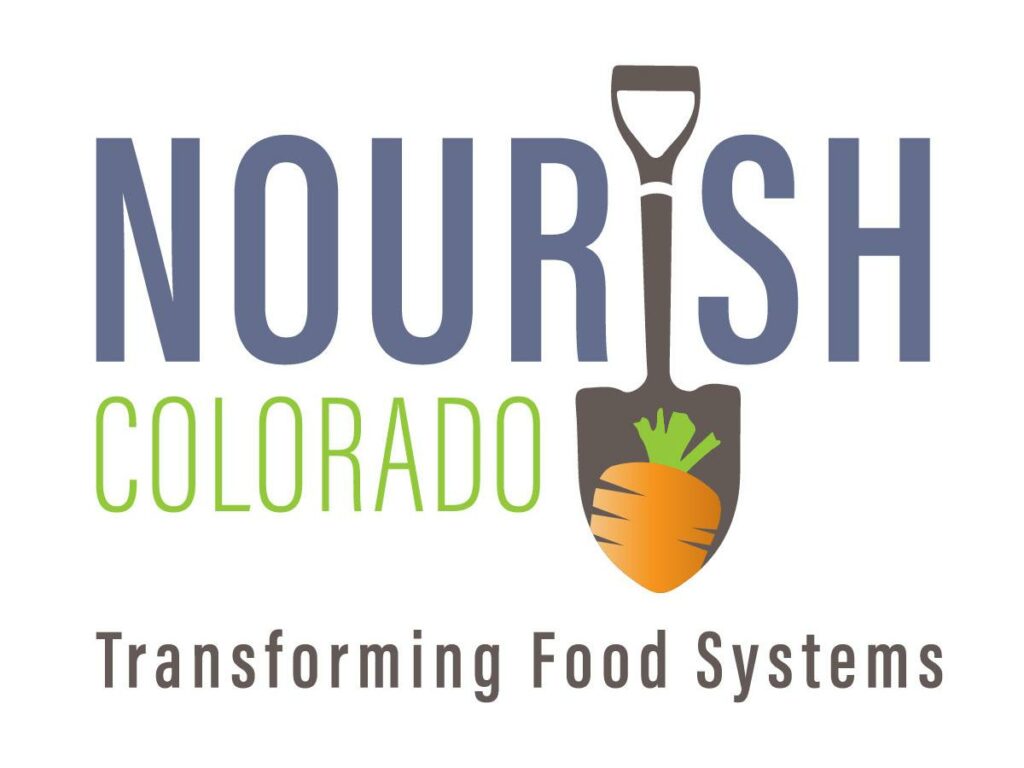By Liz Holland | CU Boulder MENV
This disclaimer informs readers that the views, thoughts, and opinions expressed in this blog belong solely to the author, students of CU Boulder’s Masters of the Environment (MENV) program and their research, not necessarily to Nourish Colorado as an organization, nor does the blog represent the work that Nourish Colorado is leading.
This week, we are continuing the theme of last week’s post with some inspiration and resources to help you grow and eat within the climate of Colorado.
Find Your Hardiness!
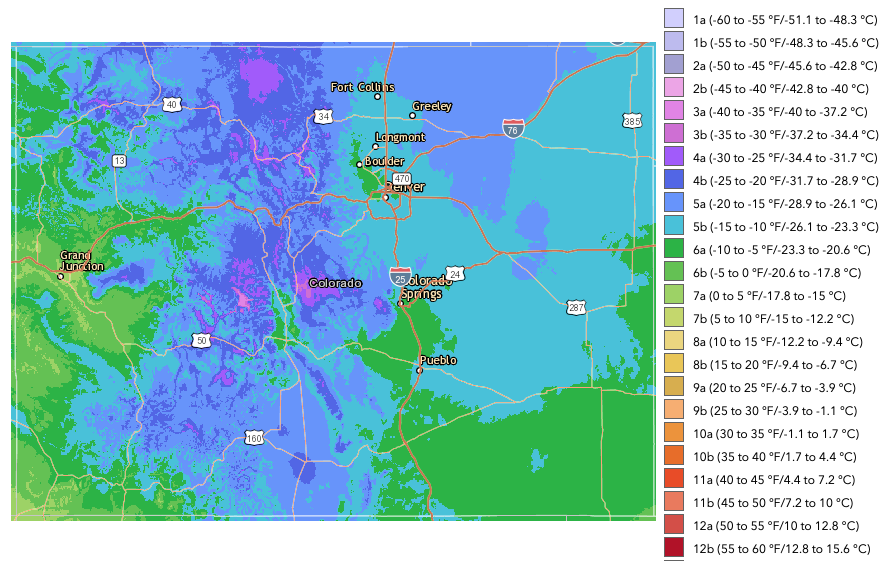
As you begin planning your garden, it’s important to know when to plant what. Colorado has many different hardiness zones, as defined by the United States Department of Agriculture (USDA). The USDA manages a Plant Hardiness Zone Map for users to find what plants are most successful for their region. Each zone is defined by a 10℉ range that represents the minimum average annual temperature of a particular area. The lower the number, the colder an area is. Because Colorado has so many different zones, it would be advantageous to know the zone you are located in to ensure the plant’s success. If you do not have access to this website, contact your local extension office!
Zones
According to the USDA the following hardiness zones exist within the state:
- 3a
- 3b
- 4a
- 4b
- 5a
- 5b
- 6a
Climatic Conditions
Because of its location, the Colorado climate tends to be cool and dry most of the year. Hot summer days usually result in afternoon thunderstorms. Often, lower temperatures exist at higher altitudes. Colorado has low humidity, so evaporation happens rapidly! Some may argue elevation is the largest factor in growing conditions. Higher elevations tend to have cooler temperatures. As one decreases elevation, you may find warmer temperatures. Regardless of the time of year, you can often find spaces in the sunshine. Due to these unique conditions, it is even more important that you choose plants suited for your zone!
Know How to Grow!
Here are some of our tips to help you grow a thriving garden:
Read Your Seed Packets
As discussed in the blog last week, if you choose to start your garden, the most important question to ask yourself is what do you want to eat. Once you have decided what you want to eat, you can then start looking into different types of seeds to plant. On the back of almost every seed packet, there is a guide for when to plant your seeds. Pike’s Nursery has a great website to help you best understand how to read seed packets, which you can see an example of below. If you need additional assistance, asking an individual at the establishment where you purchase seeds can also be super helpful!
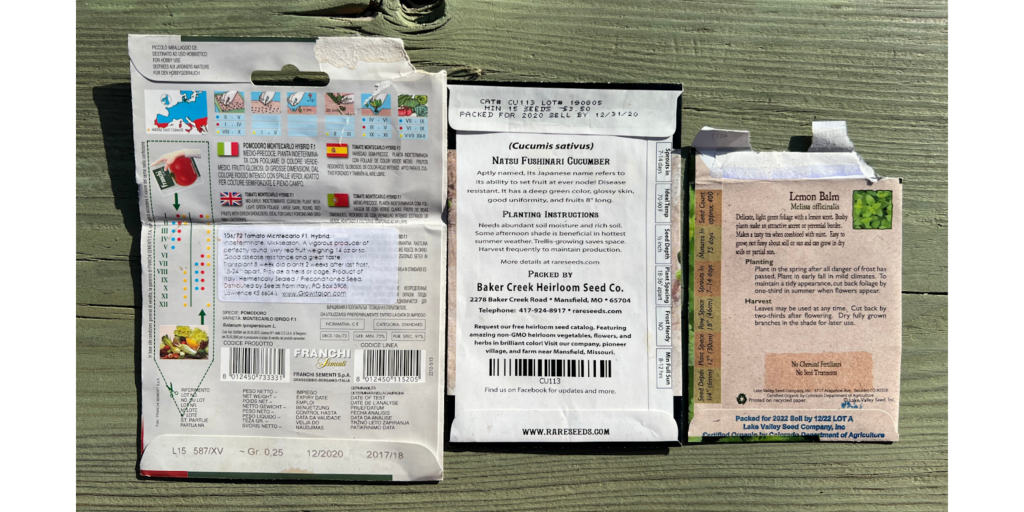
These packets are helpful guides to figuring out if seeds will be successful in your garden. Seed packets usually give insight like what zones the plant will be successful in, when to plant seeds indoors vs. outdoors, how deep to plant the seed, seed spacing, and potentially more! As an example, the cucumbers above say they are NOT frost hardy. So as we look at climatic conditions in CO, taking note of when the last frost (discussed in our previous post) is in your area can be advantageous.
Reach Out to Local Groups
If you are having a tough time figuring out what to do, local groups are also helpful entities with growing knowledge. MASA Seed Foundation and the Colorado Extension Office serve as great resources for home growers to learn more about how to create successful gardens. We also advocate talking with farmers at your local farmers’ market as they can provide helpful insights into the local growing conditions in Colorado.
What’s Growing?
The Urban Farmer has created several zone-specific calendars for planting, transplanting (planting seedlings in larger areas), and harvesting. You can see a compilation of those calendars below and cross reference with your location on the map above to help plan your garden.
Zone 3
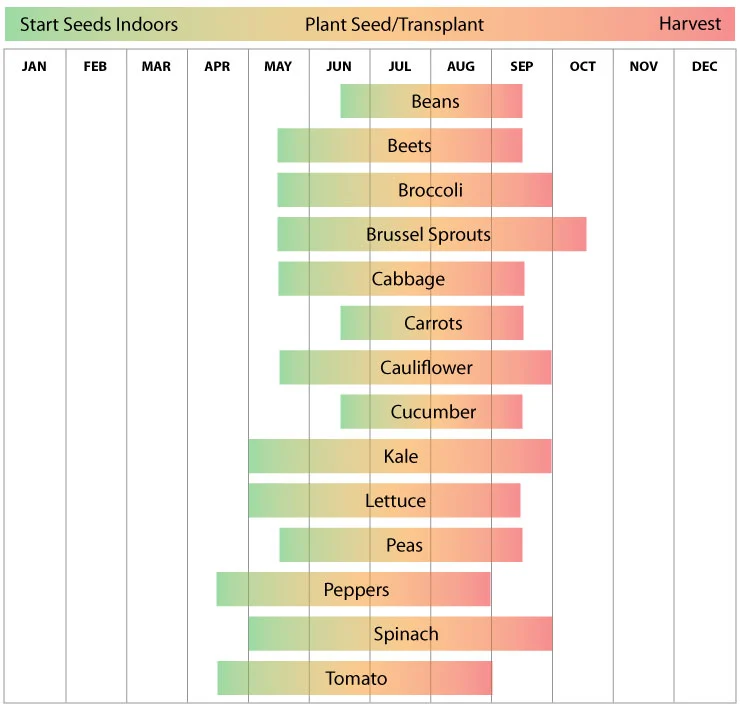
Zone 4
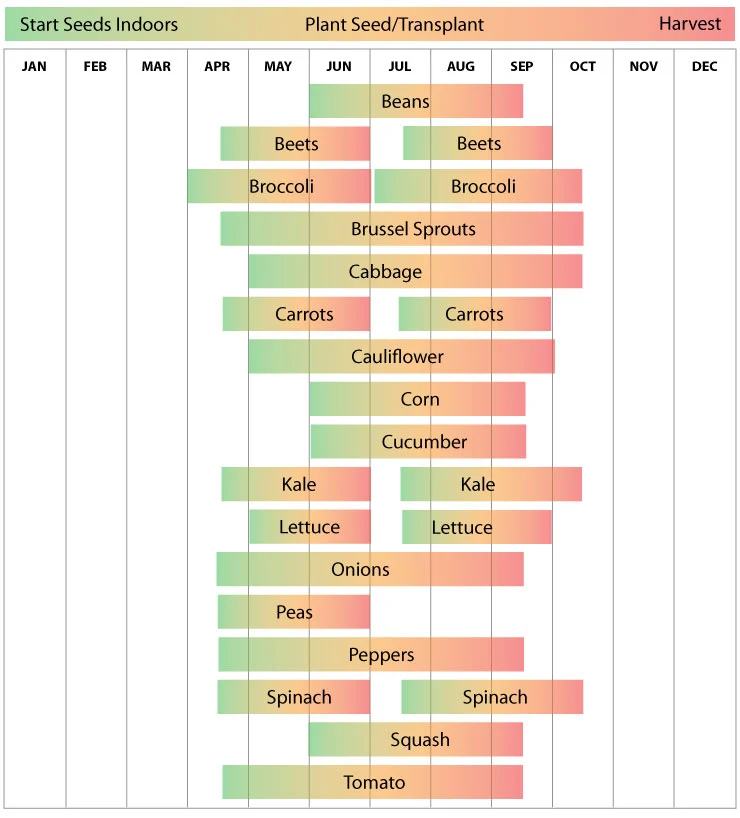
Zone 5
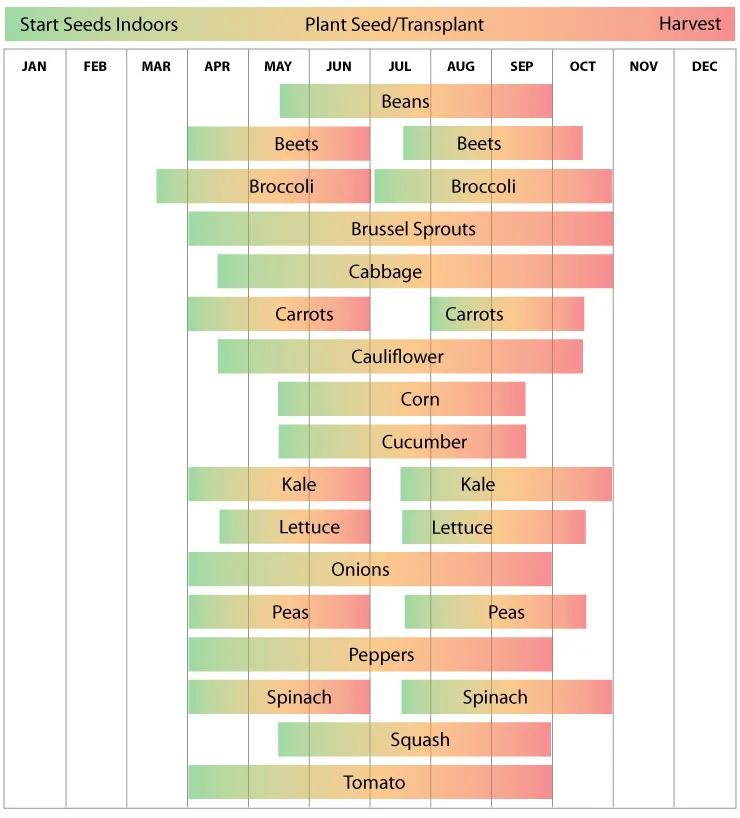
Zone 6
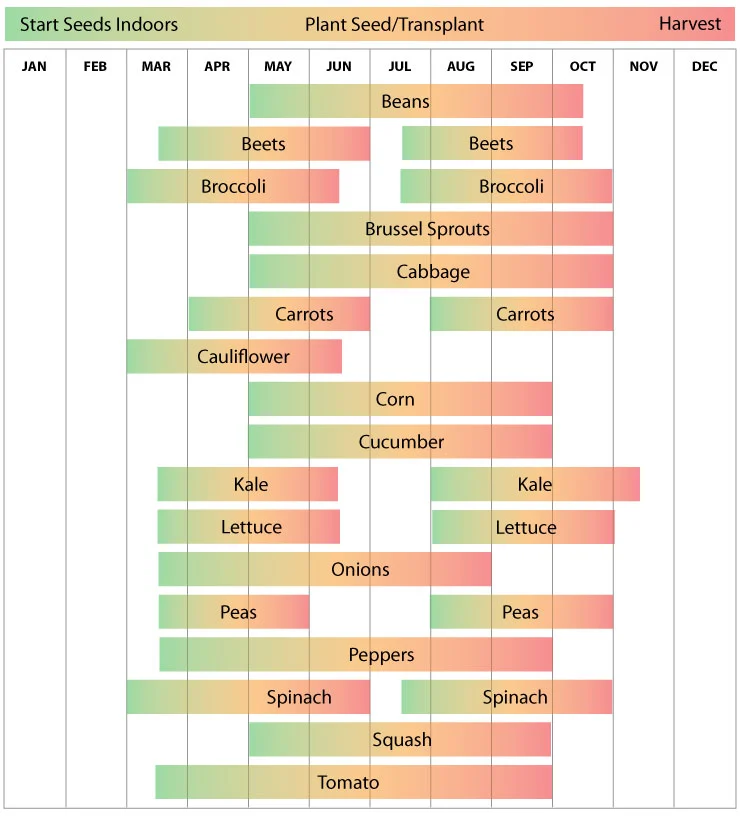
These calendars can be used to understand when to start seeds, when to transplant seedlings, and when to harvest.
The Colorado Fruit and Vegetable Growers Association publishes resources that are specific to the growing seasons in Colorado. The Supplemental Nutrition Assistance Program (SNAP) also publishes the calendar below to notify people when certain fruits and vegetables will be available at your local farmers market.
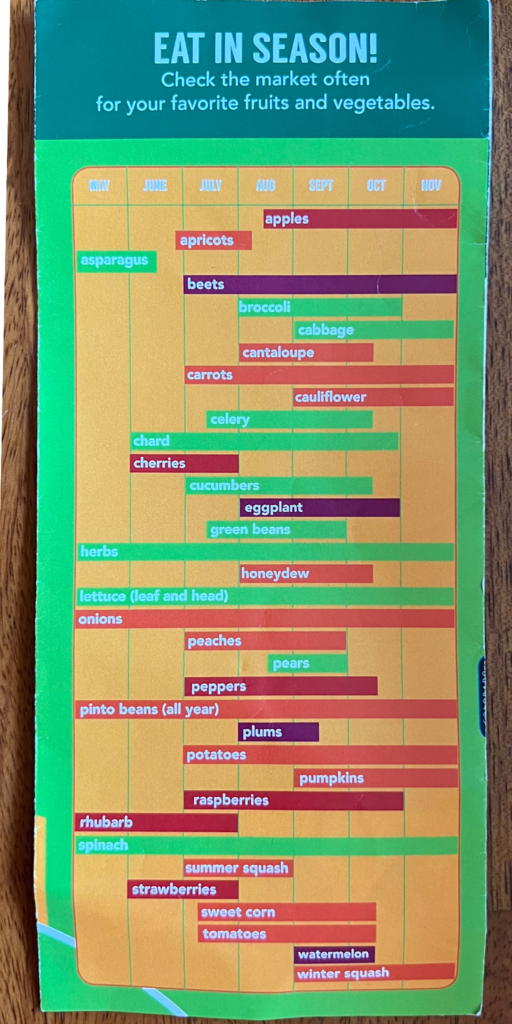
Sometimes farmers’ markets will have different items than what’s on this list. Some farms utilize greenhouses to extend their growing season, others will store root vegetables over winter to offer those vegetables in the spring. What’s available really depends on the farm’s practices. A conversation with your local farmer can be very enlightening!
Should the farmers market not be your speed, we advocate investigating a Community Supported Agriculture (CSA) box. LocalHarvest is a great resource to find CSAs in your area utilizing your zip code. CSAs allow you to support local farmers, buy local produce, and have potential surprises each week with what’s been harvested.
Recipes
Sometimes vegetables come up that you may not know how to use, and we believe that’s part of the fun! Below are some recipes to use each month to utilize all the goodness from the earth. Here are some of our favorites:
May – Kale Chips (We love adding extra spices to this recipe like cumin, paprika, and nutritional yeast!!)
June – Lemon Garlic Roasted Broccoli and Carrots
July – Spiced Marinated Beets
August – Elote (Mexican street corn)
September – Onions and Peppers Enchiladas
October – Eggplant Borani (Afghan stewed eggplant dish)
